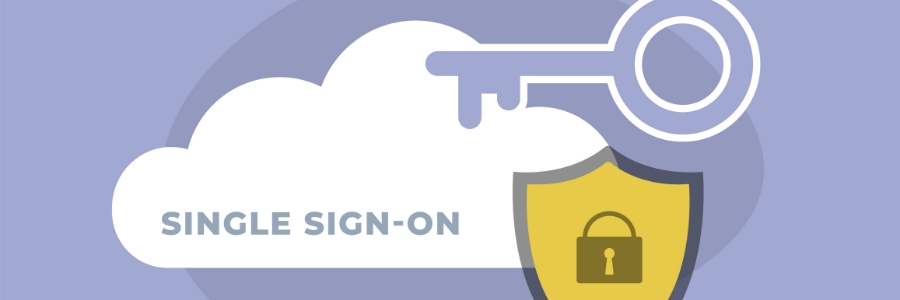Employees facing password overload might be drawn to the ease of reusing credentials. However, this convenience comes at a steep price for company security. Single sign-on (SSO) provides a secure alternative without forcing employees to manage a multitude of logins.
Streamline your logins by embracing single sign-on
NIST’s password guidelines: What you need to know

In case you missed it, the National Institute of Standards and Technology (NIST) released new guidelines for creating and managing passwords. This is great news for anyone looking to improve their online security. But what do these new guidelines mean for you? In this blog post, we will discuss the basics of the NIST password guidelines.
Single sign-on: What it is and why you need it
It’s time to rethink your password strategy
What is single sign-on and what are its benefits?

Secure logins are a necessity in business, but managing so many user credentials can get tedious. The good news is that you can simplify your organization’s login processes without compromising security by deploying single sign-on.
What is single sign-on (SSO)?
Single sign-on allows you to use one username and one password to provide secure access to multiple websites.
Think your password is secure? Think again
Single sign-on: The key to user management

From complexity requirements to minimum lengths, creating a password for a new online account can be bothersome. If your business is constantly experiencing this issue, single sign-on (SSO) can help. This technology is secure, easy to manage, and eliminates the need to remember a long list of usernames and passwords.
What is Single Sign-On and who is it for?
It’s time to rethink your password
Use Single Sign-On to Tackle Account Sprawl
- 1
- 2





